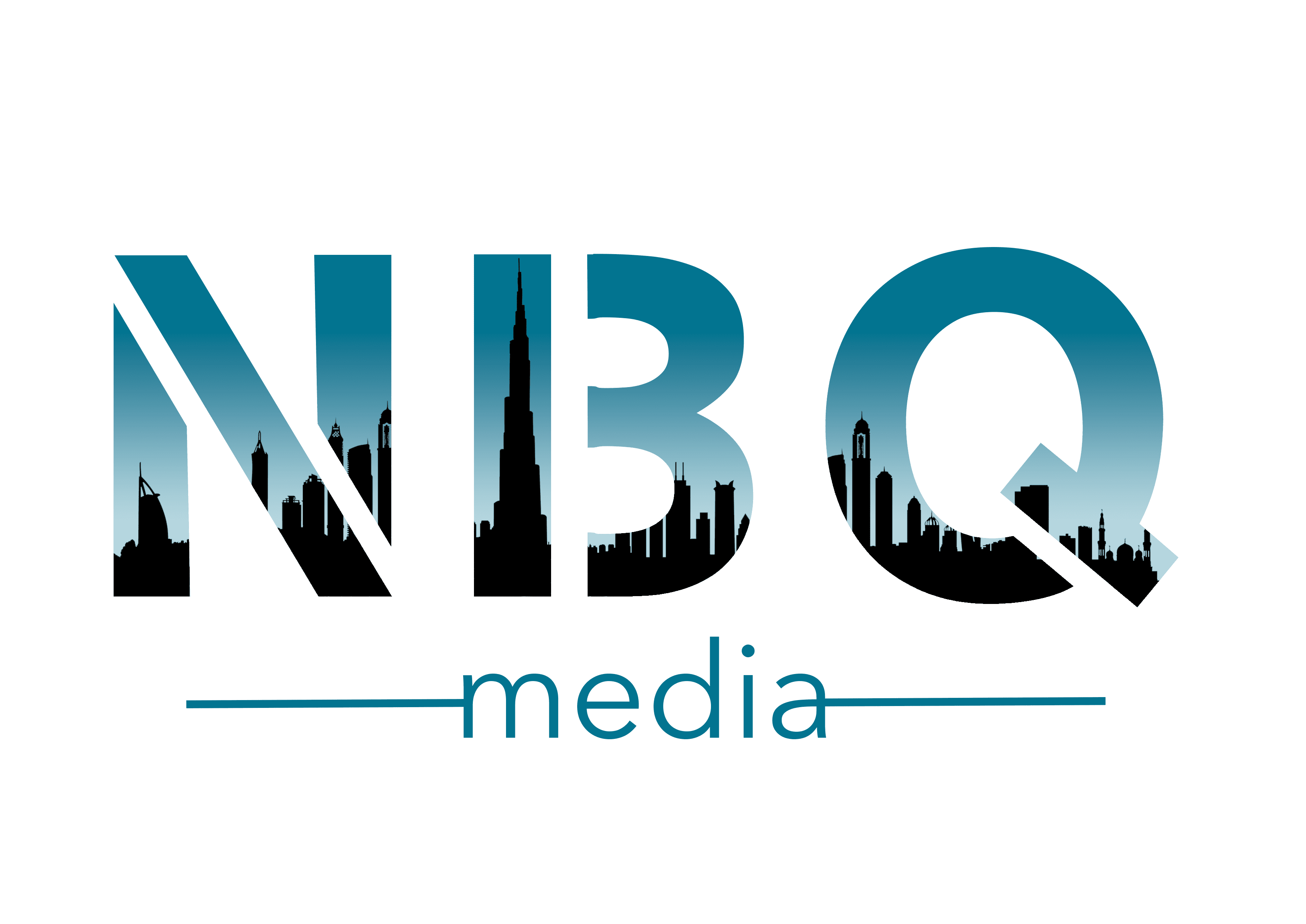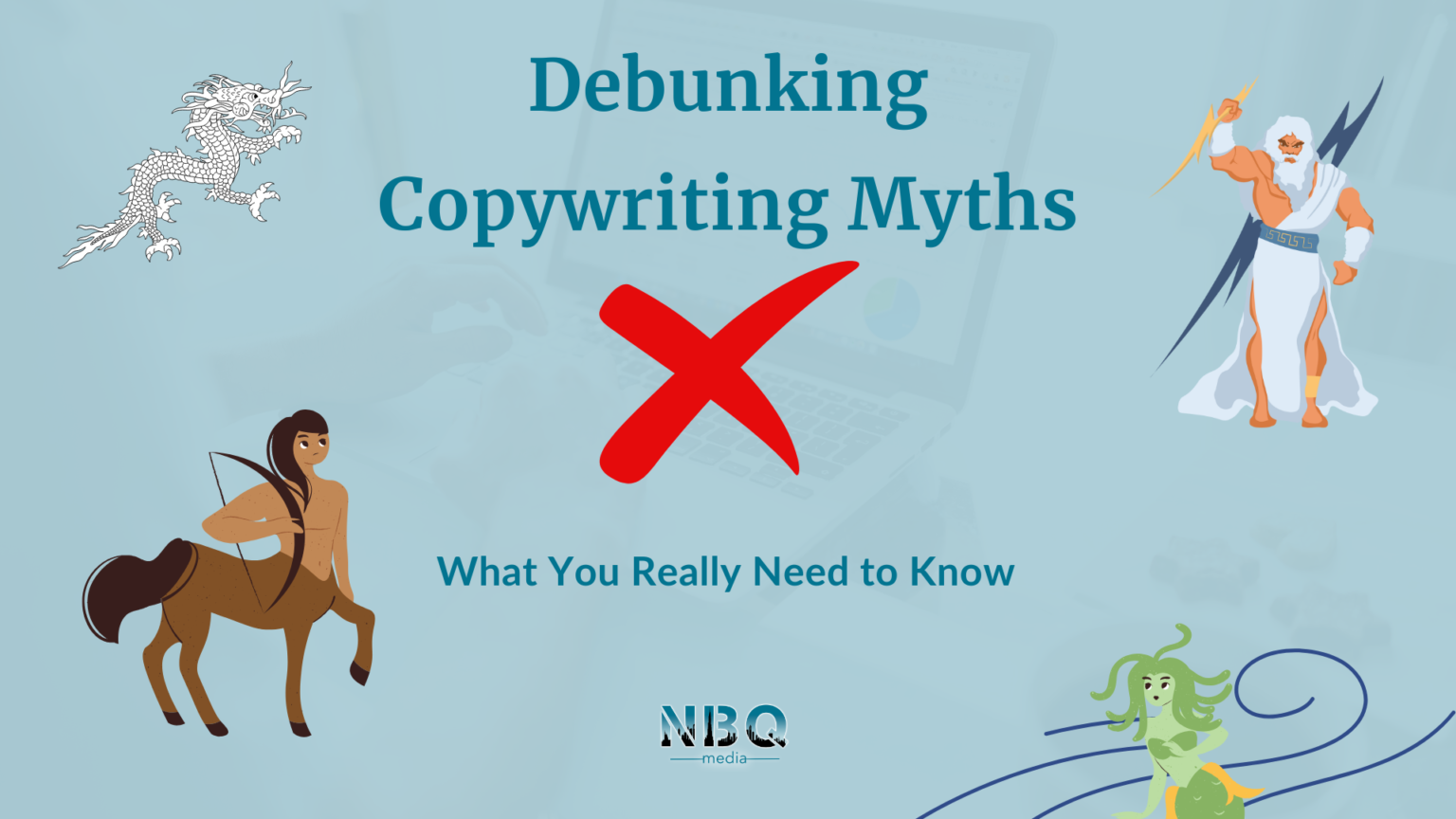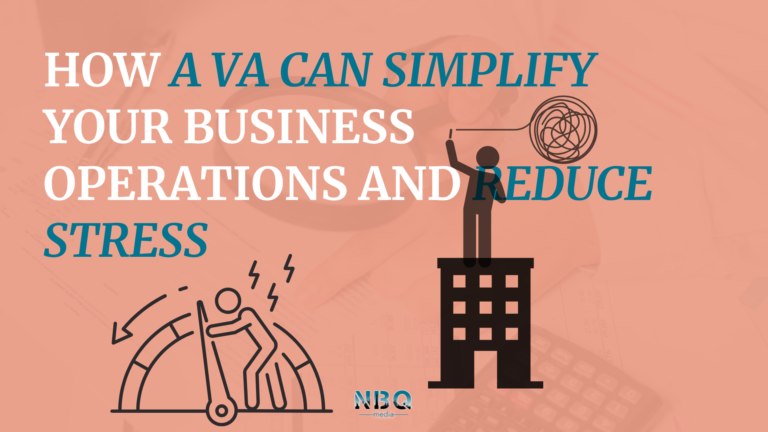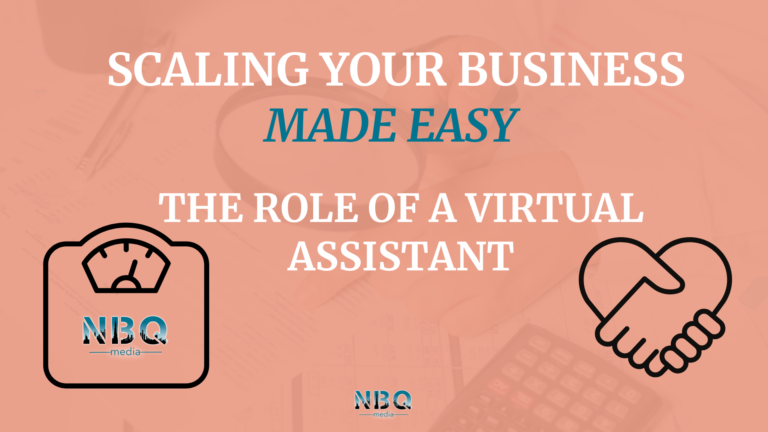Copywriting is often misunderstood, with many people thinking it’s just about stringing words together. While it may seem straightforward, there’s much more to it than simply writing down ideas. As a copywriter with years of experience, I’ve encountered countless misconceptions about the field. Let’s debunk some of the most common myths surrounding copywriting.
1. Copywriting is Just About Writing Words
One of the biggest misconceptions is that copywriting is all about writing. In reality, it’s much more than that. Copywriting is the art of persuasion. It’s about crafting words that compel your audience to take action—whether it’s making a purchase, signing up for a newsletter, or clicking a link. It’s not about fancy words or long sentences. It’s about clear, effective communication that drives results. A good copywriter uses words strategically to influence and guide the reader toward a specific action.
2. Anyone Can Be a Copywriter
Many people believe that anyone with a decent grasp of grammar and spelling can be a copywriter. But copywriting involves much more than just writing. It requires a deep understanding of marketing principles, audience behavior, and psychology. Copywriters must learn how to write with intent, focusing on the audience’s needs, desires, and pain points. It’s not enough to be a good writer—you must be able to persuade and influence people through your words.
3. Only About Advertising
While advertising is a significant part of copywriting, it’s not the only application. Copywriting can be found everywhere: in blog posts, product descriptions, social media captions, email campaigns, landing pages, brochures, and even video scripts. The goal of copywriting is to communicate a message clearly and persuasively, no matter the platform. So, even if you’re not creating a traditional ad, you’re still writing copy that’s designed to engage and persuade your audience.
4. Great Copywriting Always Results in a Sale
It’s easy to assume that compelling copy always results in conversions, but that’s not the case. While good copywriting can significantly improve the chances of making a sale, it’s only one part of the equation. Your product or service needs to meet the audience’s needs, and other factors—like timing, pricing, and competition—also come into play. Copywriting is about presenting a solution to the audience’s problems, but conversion also depends on the quality of the offer, the customer’s trust in your brand, and many other variables.
5. Copywriting is a One-Time Job
Many people think once a piece of copy is written, it’s done. But the best copywriters know that copywriting is an ongoing process. Copy is never set in stone. It needs to be tested, tweaked, and optimized based on real-time feedback. What works for one audience or campaign might not work for another. By continually refining copy based on performance data, copywriters can improve their messaging and increase engagement. This iterative approach ensures that the content remains relevant and effective over time.
6. All About Creativity
While creativity is certainly a part of the process, successful copywriting is as much about strategy as it is about creativity. A good copywriter doesn’t just write what sounds good. They understand the target audience, the brand’s voice, and the business goals. They create messaging that speaks to the audience’s pain points and desires, driving them to take action. The most effective copy doesn’t rely solely on creativity—it’s backed by research, data, and a clear understanding of what the audience needs.
The truth is, copywriting is an essential skill that blends creativity with strategy, psychology, and marketing expertise. Great copy doesn’t just sell—it builds trust, informs, and connects with the audience. It’s more than just clever wording; it’s about creating content that resonates, engages, and ultimately drives results.
So, the next time you think of copywriting, remember it’s not about writing pretty words. It’s about crafting messages that work, influence, and connect with your audience in meaningful ways. It is an ongoing learning process and requires a combination of creativity, marketing know-how, and a deep understanding of your audience.
Follow our Instagram for daily tips or view one of our other blogs like how to build a brand on social media





